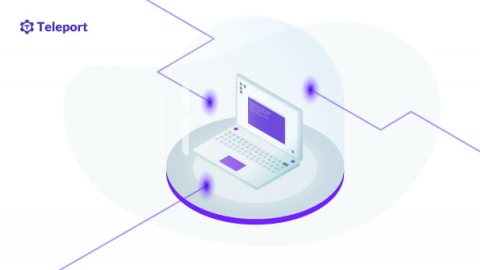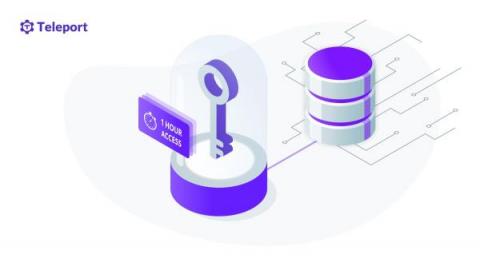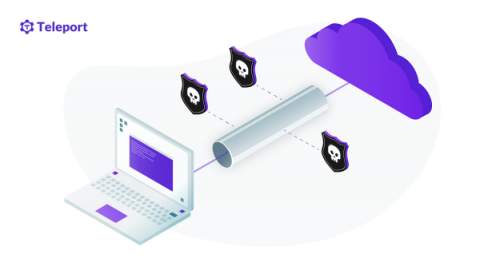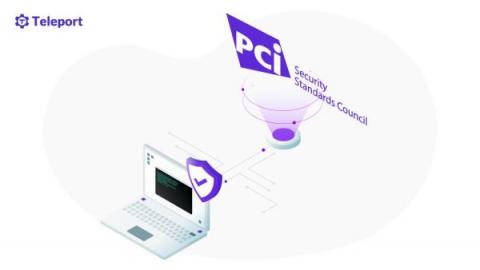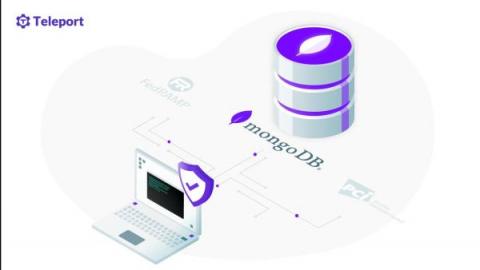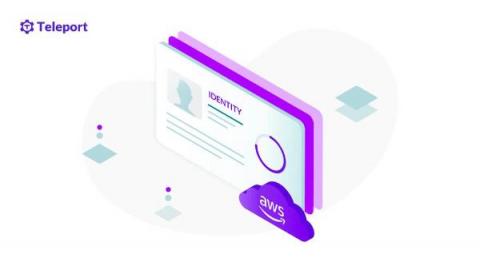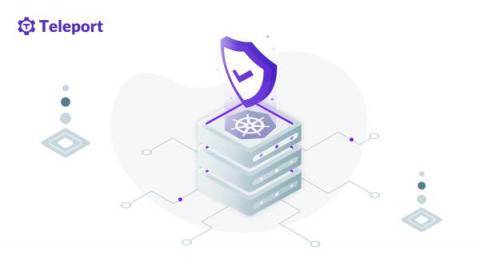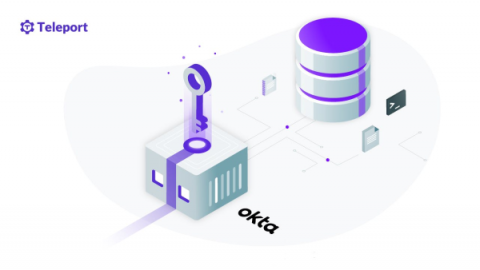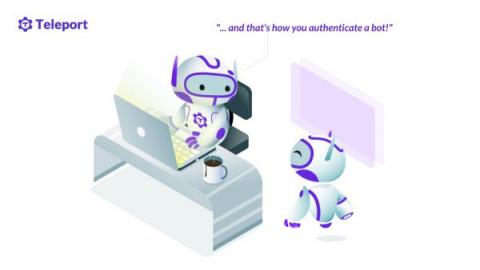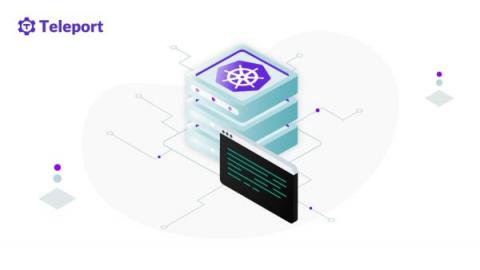Is VPN or Zero Trust Access Best for Remote Working Security?
The pandemic changed the way people work, and many companies have been fast to adapt to this shift in work culture by encouraging and promoting remote and hybrid work. Zero Trust Network Access or ZTNA is gaining popularity as a secure alternative to corporate VPN-based access to the internal application and network services.


